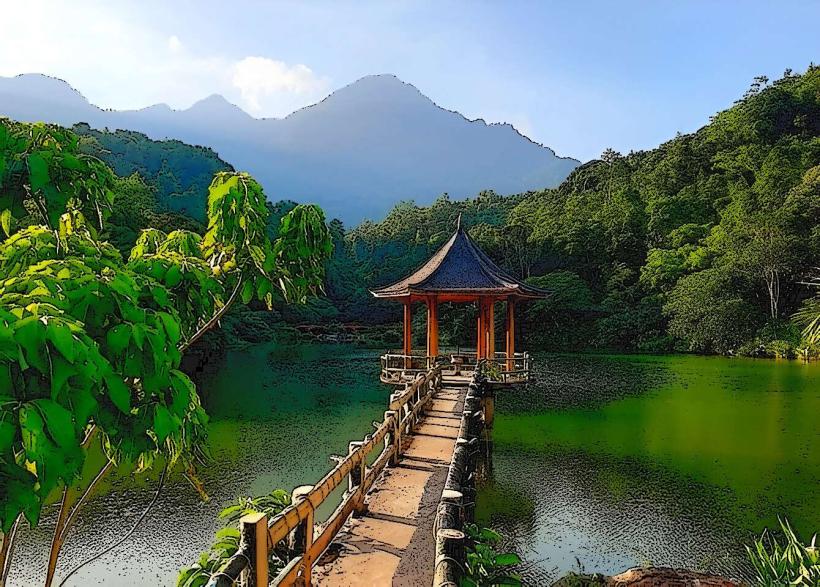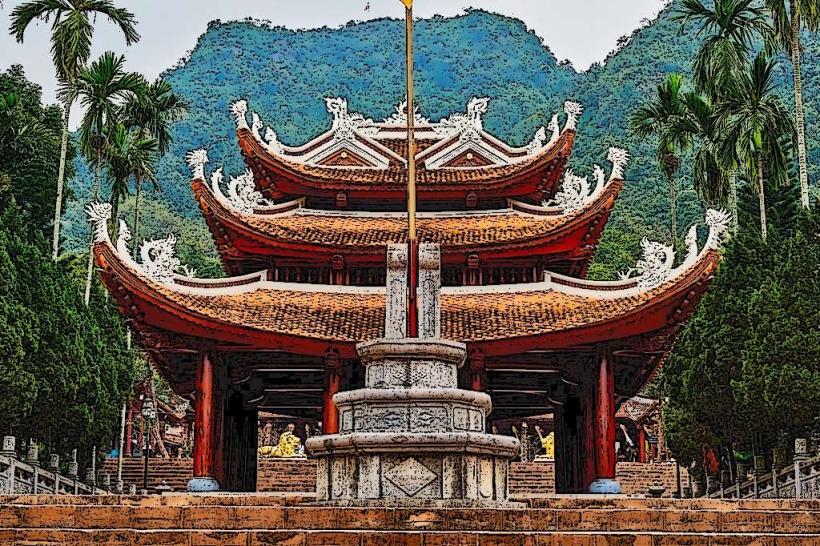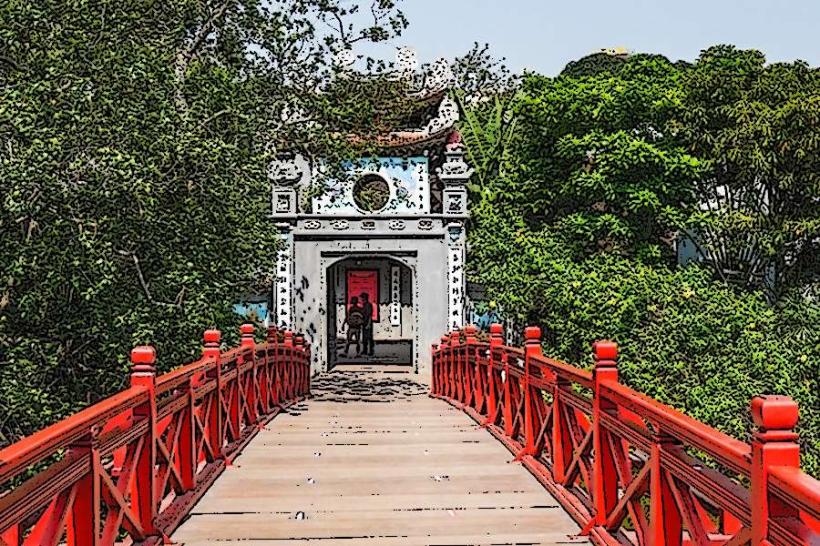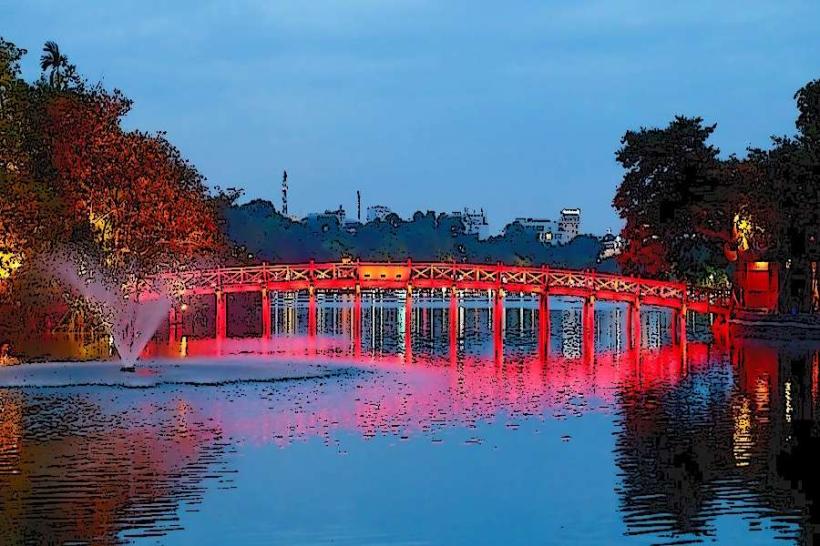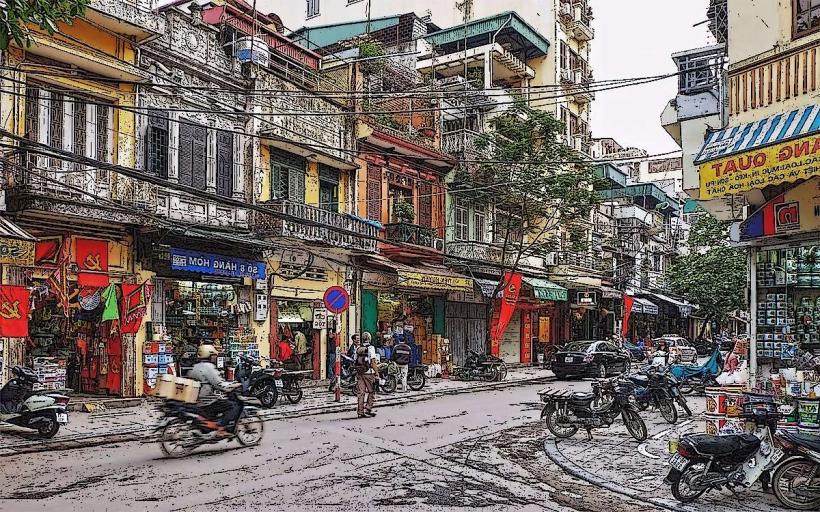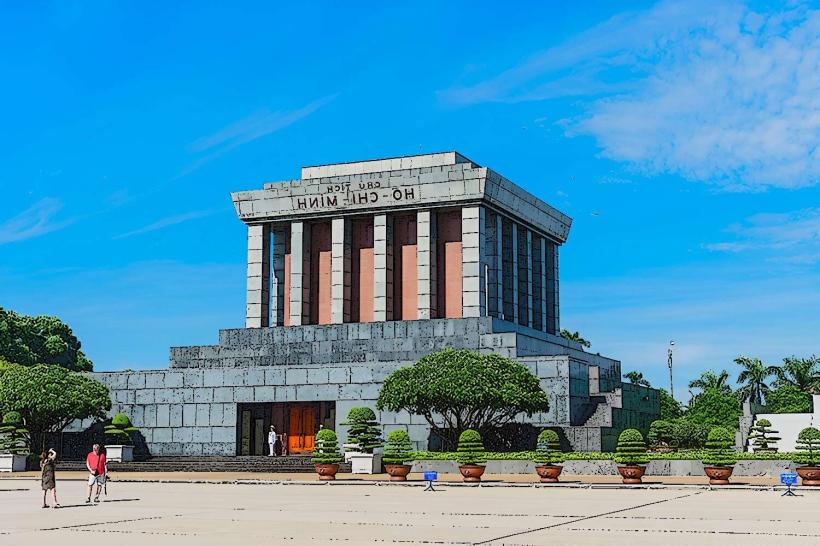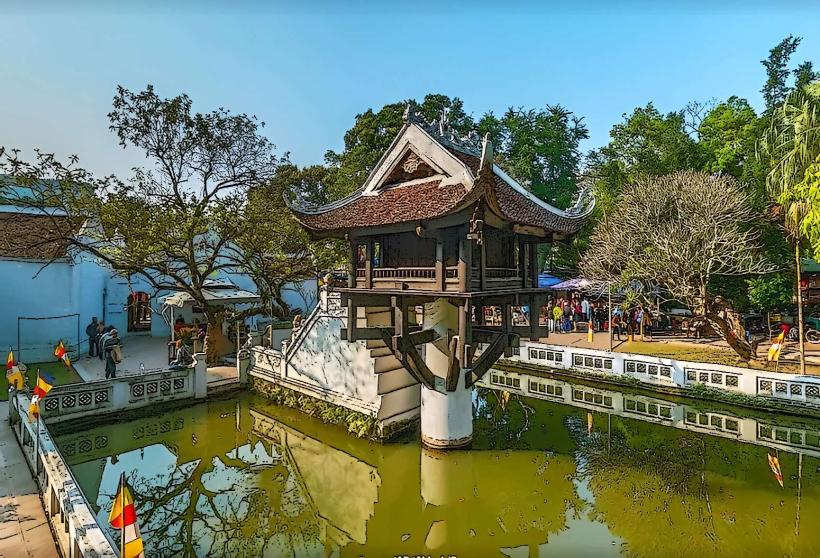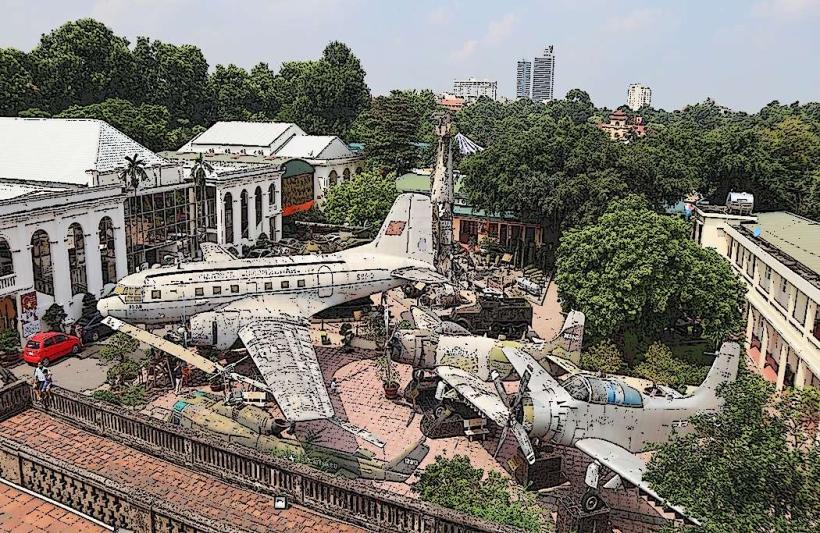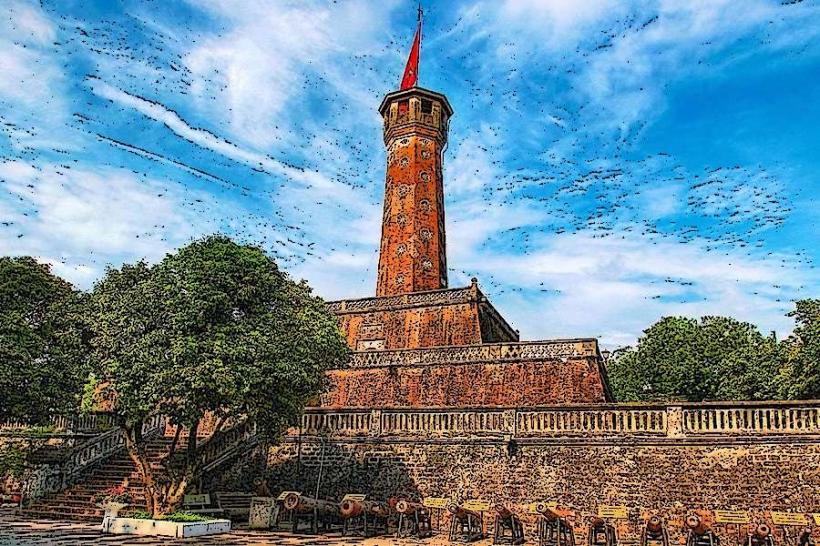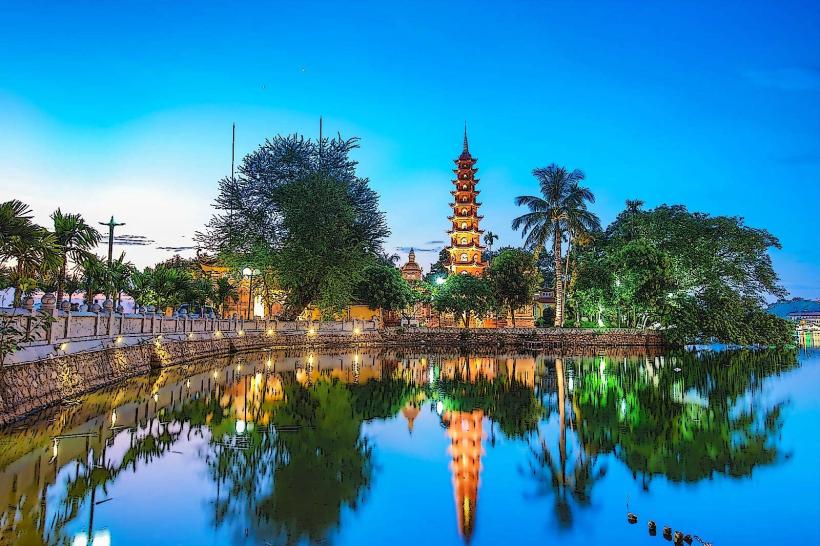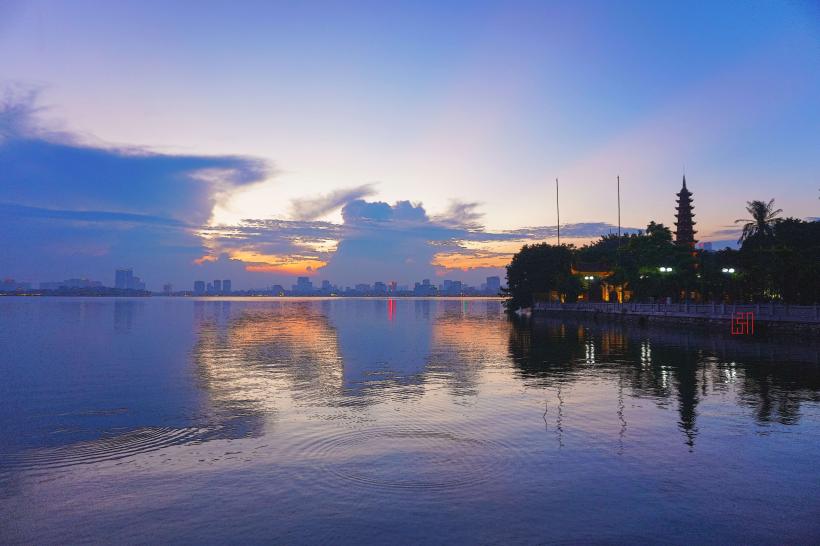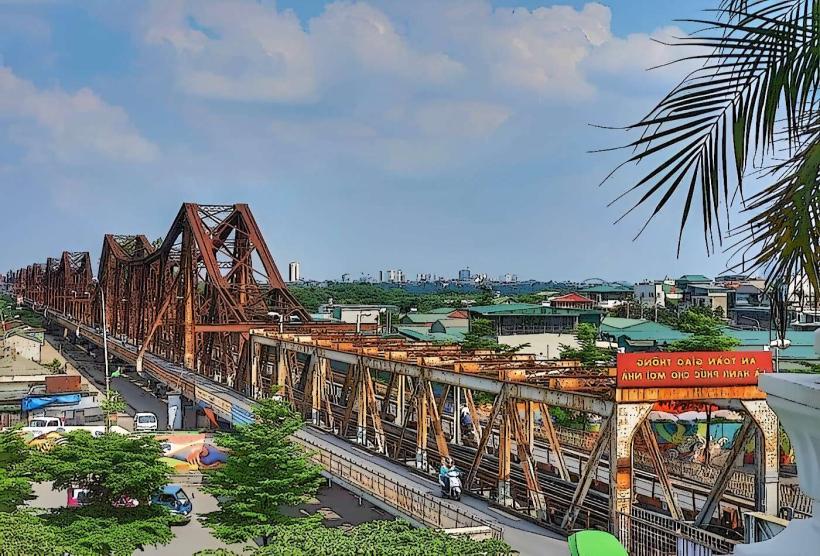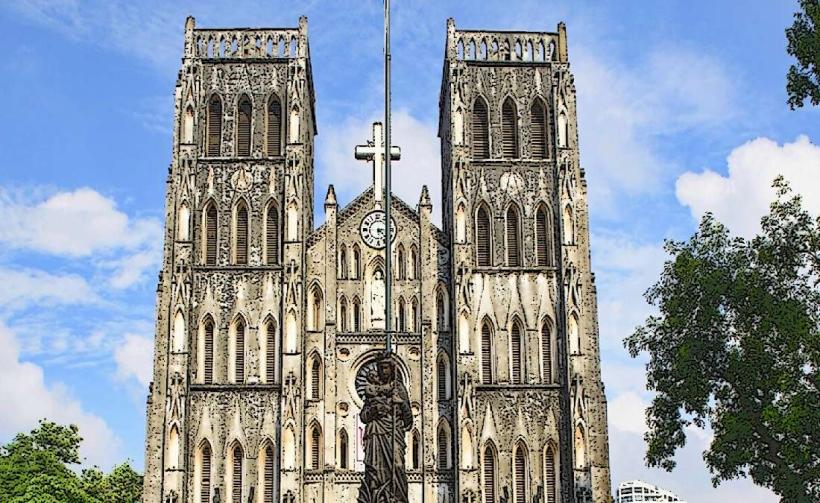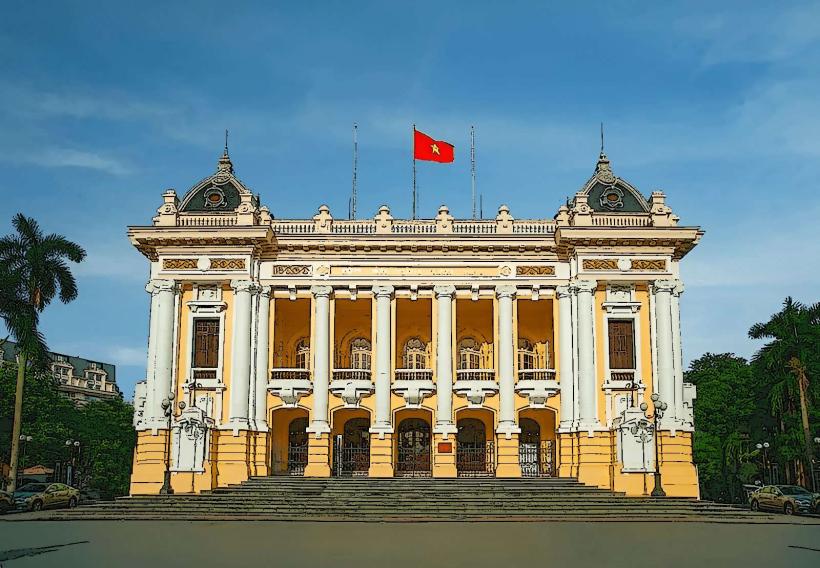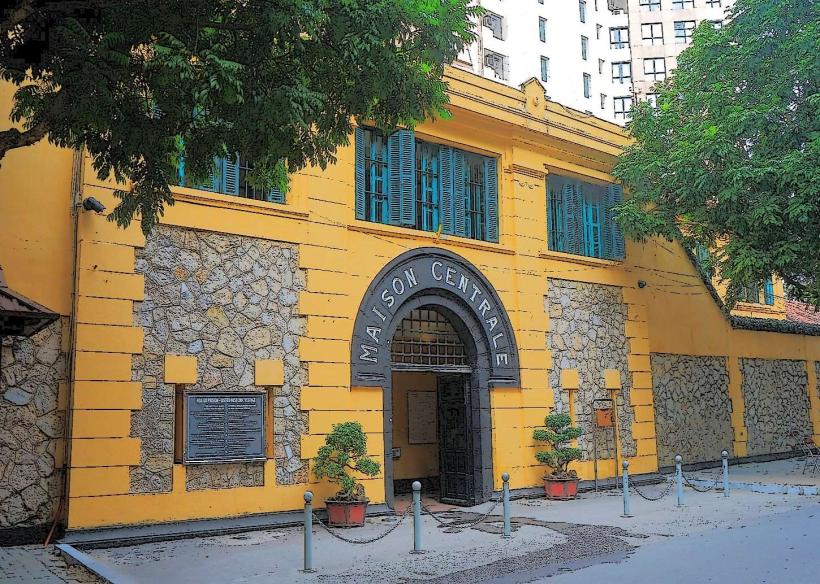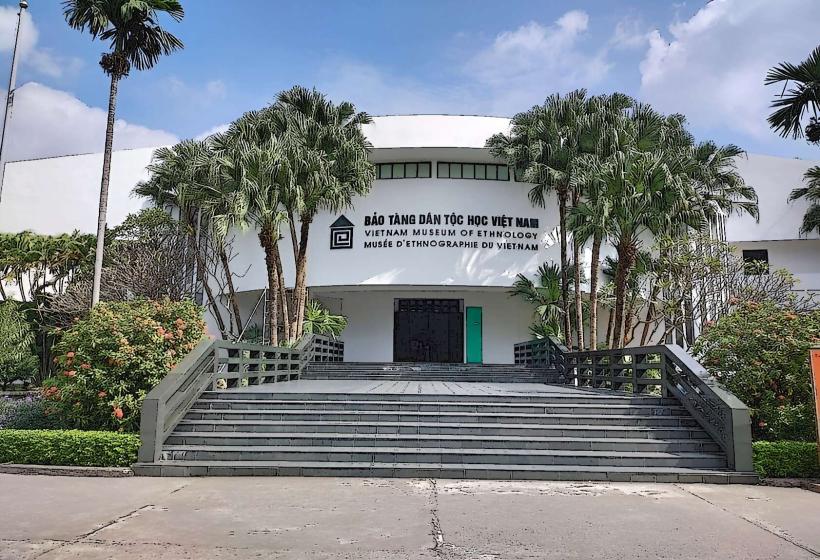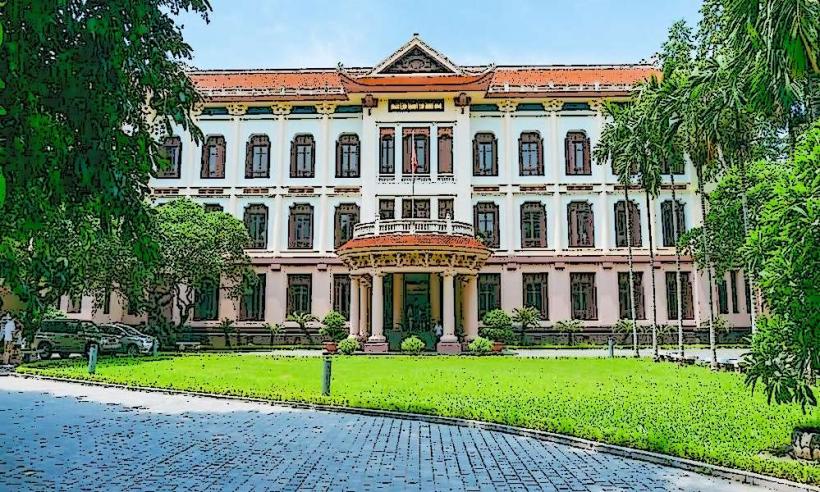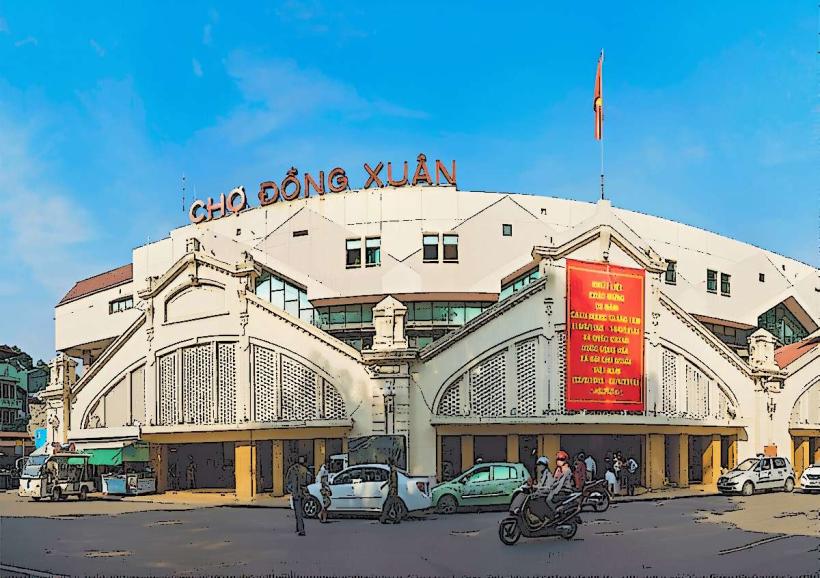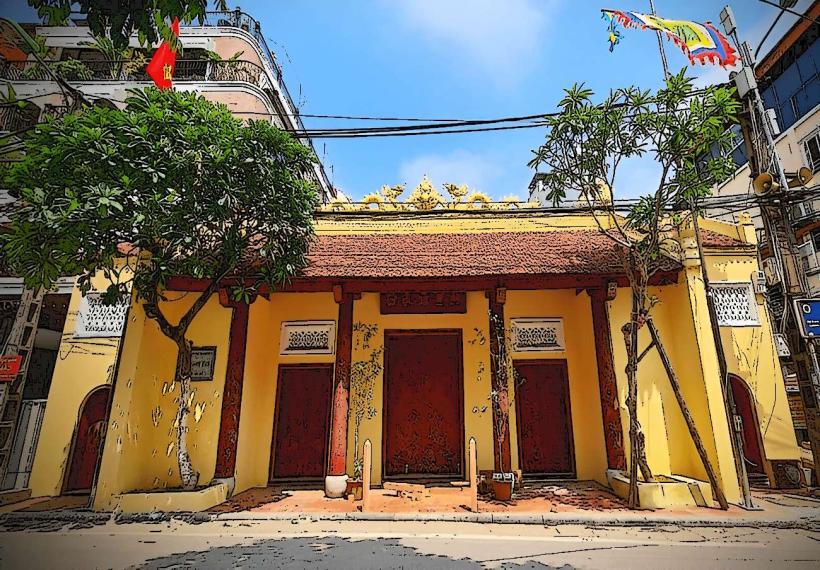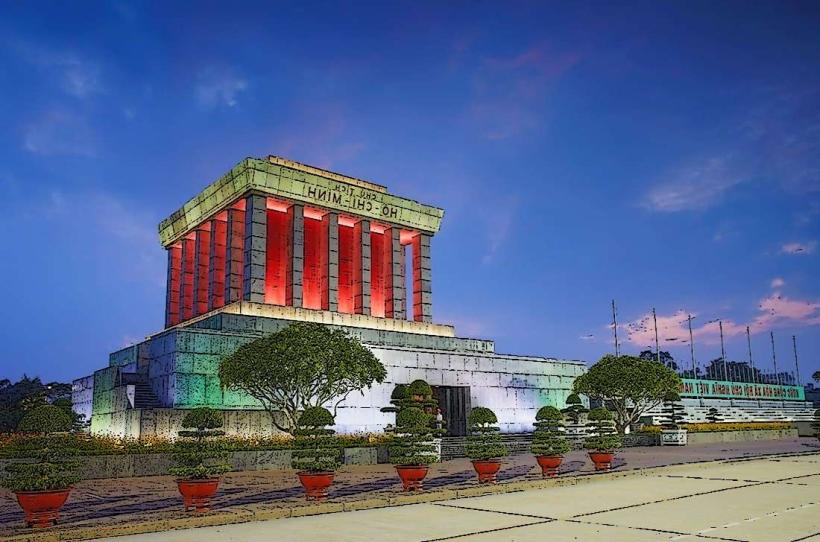Information
Landmark: Thang Long Imperial CitadelCity: Hanoi
Country: Vietnam
Continent: Asia
Thang Long Imperial Citadel, Hanoi, Vietnam, Asia
Overview
Rising in the heart of Hanoi, the Thang Long Imperial Citadel (Hoàng thành Thăng Long) stands as a treasured landmark, where weathered stone gates and ancient courtyards open a window onto Vietnam’s long and storied past, not only that once the heart of Vietnam’s political power, it served as the capital for successive dynasties over the centuries, its antique stone gates still whispering the country’s royal and imperial past.In the heart of Hanoi, Vietnam’s bustling capital, the Thang Long Imperial Citadel stands with a history stretching back more than a thousand years, as well as in 1010, Emperor Lý Thái Tổ of the Lý Dynasty founded the site as the Imperial City, moving his capital from Hoa Lu to Thang Long-now bustling Hanoi.That move marked the start of Hanoi’s rise as Vietnam’s political and cultural heart, where government halls stood beside buzzing markets, equally important for centuries, the citadel stood as the heart of power, ruling under the Lý, Trần, Lê, and Nguyễn dynasties, its stone walls weathered by countless summers and storms.It stood as a sign of royal power, the seat of strict administration, and a fortress with freezing stone walls guarding the realm, alternatively during these periods, the citadel grew and shifted, its walls pushed outward and halls rebuilt to meet the evolving needs of the imperial court, the army, and the people who lived within its gates.For more than a thousand years, the Thang Long Imperial Citadel stood at the heart of Vietnam’s politics, its influence deepening as the city around it blossomed into a vibrant center of culture and learning across Southeast Asia, at the same time in 2010, UNESCO named the citadel a World Heritage Site, a nod to its deep historical roots and the vibrant cultural legacy woven into its stone walls.The Thang Long Imperial Citadel spans 18 hectares, with courtyards, gates, and halls divided into distinct sections-each carrying its own weight of history and unique architectural style, therefore the citadel blends ancient and modern elements, where crumbling stone walls, grand palaces, and sturdy fortifications stand side by side inside the complex.The citadel’s layout followed feng shui principles, aiming for harmony between its buildings and the land-like a gate positioned to catch the morning sun, after that thick walls and sturdy gates encircle the citadel, and inside you’ll find the palace, towering temples, barracks for the soldiers, and guard posts watching from the corners.The Imperial Palace dominated the citadel, its high walls and golden rooftops marking the seat of the emperor and his royal family, as a result much of the palace was lost to the French colonial era and later wars, but you can still spot patches of stone foundation and weathered walls standing in the sun.The palace site has become a museum and archaeological park, where visitors can wander past sun‑warmed stones and trace the history and layout of the original buildings, in turn the Northern Gate (Cửa Bắc) served as a key entrance to the citadel and stood as one of its strongest defenses, its heavy wooden doors once scarred by cannon fire, partially From what I can see, This gate carries deep historical weight-it once stood guard through the reigns of several dynasties, its stones worn smooth by centuries of passing feet, likewise it was the main road in and out of the citadel, carrying weary soldiers and dusty travelers through its heavy gates, somewhat The Forbidden Purple City (Tử Cấm Thành), much like Beijing’s Forbidden City, was the most secluded section of the Thang Long Citadel, where the emperor and his family lived behind high walls and guarded gates, consequently ordinary people weren’t allowed here, and soldiers guarded it with strict vigilance, their boots crunching on the gravel.This sacred space was off-limits to all but the royal family, top officials, and a handful of trusted servants who moved quietly through its dim, incense-scented halls, what’s more at the heart of the citadel stood Kinh Thiên Palace, its grand stone steps leading to the most essential hall in the entire complex.Royal ceremonies unfolded here, along with tense political meetings and the everyday bustle of the imperial court-the shuffle of silk robes, the murmur of voices, after that though the structure is long gone, archaeologists have uncovered pieces of its stone foundations and traced the outline of its layout in the soil.You know, Recent digs have uncovered a trove of artifacts-cracked clay pots, carved stone tablets, rusted spearheads, and fragments of walls-that shed light on the citadel’s daily routines, shifting politics, and military strength across the centuries, in conjunction with the excavations turned up traces of older buildings-weathered stones and broken tiles-that hint at how the citadel grew and changed over the centuries.The Flag Tower of Hanoi (Cột Cờ Hà Nội) rises above the citadel, a proud 19th-century structure the French built during their colonial rule, its weathered bricks catching the late afternoon sun, as well as the flag tower, once a silent witness to the colonial era, now rises as a proud marker of Vietnam’s defiance and endurance, weathering every shift in power like stone beneath decades of sun and rain.Inside the Thang Long Imperial Citadel Museum, visitors wander past bronze drums, ancient scrolls, and other exhibits that bring Vietnam’s imperial history to life, at the same time these exhibits bring the citadel’s rich heritage to life, offering a clear window into the battles, alliances, and turning points that shaped both the city and the nation.Royal Artifacts: The museum’s highlight is a dazzling collection of treasures once used by the imperial family-glittering jewels, finely worked weapons, and ceremonial objects worn smooth by centuries of hands, then these objects offer a glimpse of the Vietnamese court’s luxury-the shimmer of silk, the gleam of gold.Visitors can explore a wide array of archaeological treasures, from weathered pottery shards to ancient tools, all unearthed during excavations at the site, subsequently pottery, coins, inscriptions, and even worn bronze spearheads help uncover how people once lived inside the citadel and what they used to build its walls, more or less Maps and Models: The museum showcases detailed antique maps and scale models of the citadel, letting you perceive its growth over centuries and how its walls and towers were carefully planned, in addition these visual aids bring the citadel’s story to life, showing visitors why it was the heart of Vietnam’s imperial power and a key stronghold, as unshakable as its weathered stone walls, maybe Military Exhibitions: Inside the citadel, you’ll find displays tracing Vietnam’s military history, from ancient armor to maps of battles fought to keep out foreign invaders and occupiers, as well as the exhibits showcase Vietnam’s military architecture, from stone-walled forts to towering gates, and reveal how its army built defenses and waged sieges across different eras.The Thang Long Imperial Citadel stands at the heart of Vietnam’s story, a setting where stone gates and ancient courtyards reveal the country’s deep history and cultural roots, simultaneously the citadel, once a proud emblem of the Lý, Trần, Lê, and Nguyễn dynasties, tells the story of Vietnam’s journey-from its birth as an independent kingdom, through the grit and hardship of colonial rule, to the moment its flags flew over a unified, modern nation.The citadel also helps keep the cultural identity alive, like the echo of historic songs carried on the wind.
Author: Tourist Landmarks
Date: 2025-09-16

